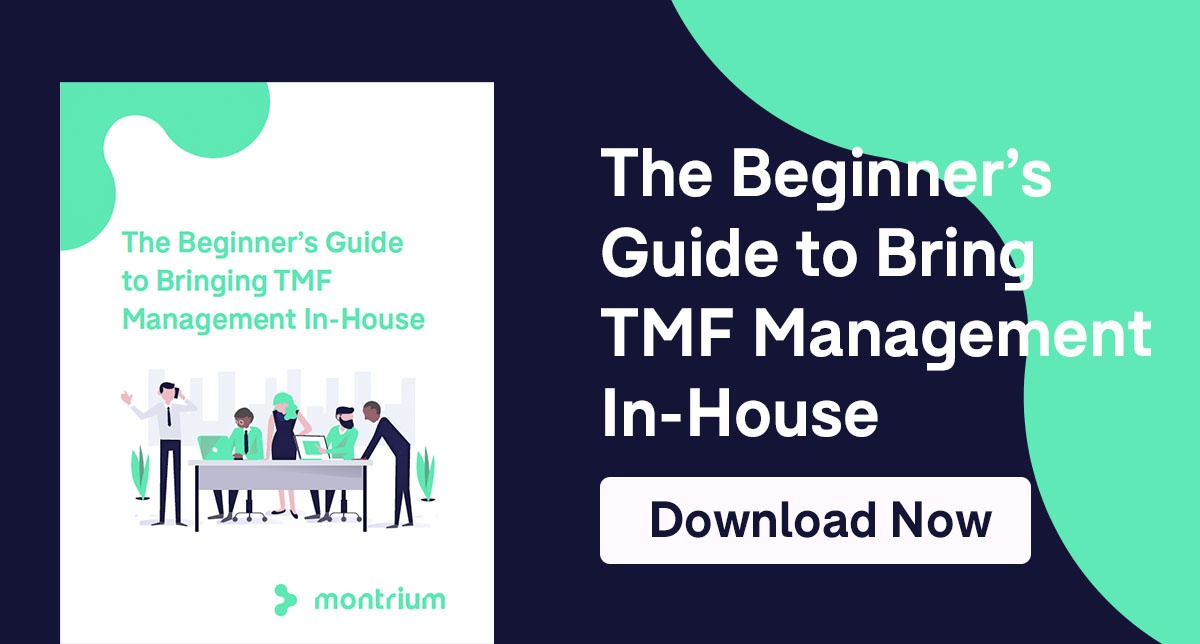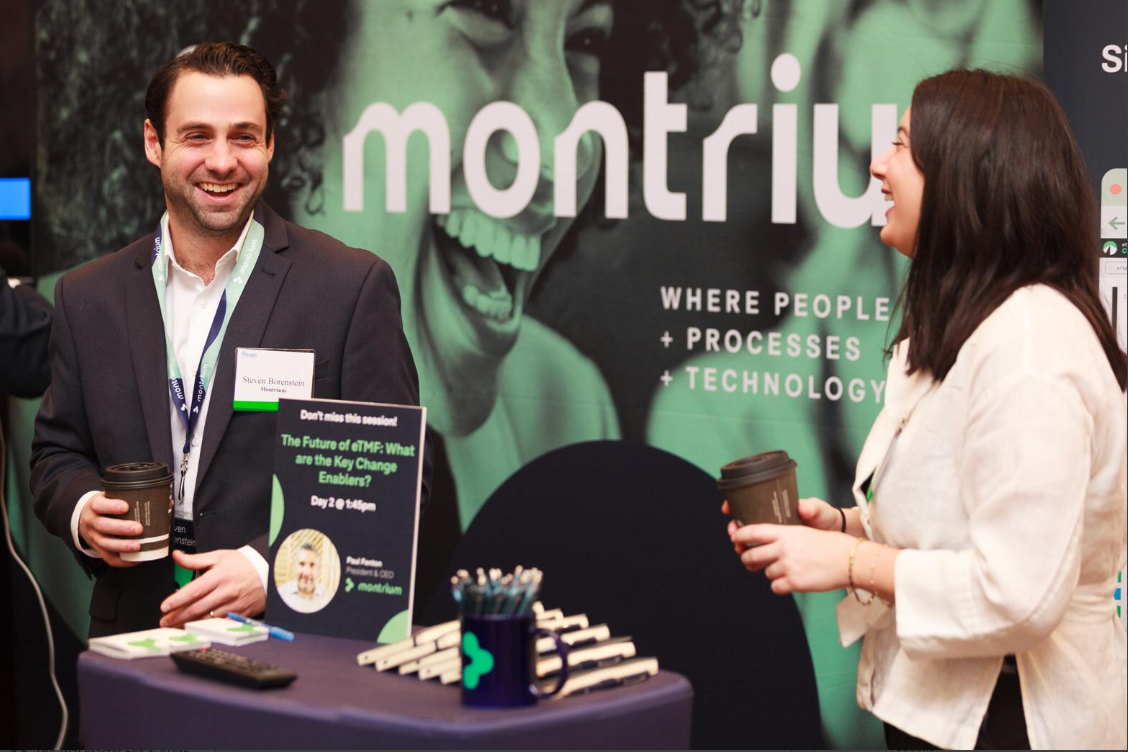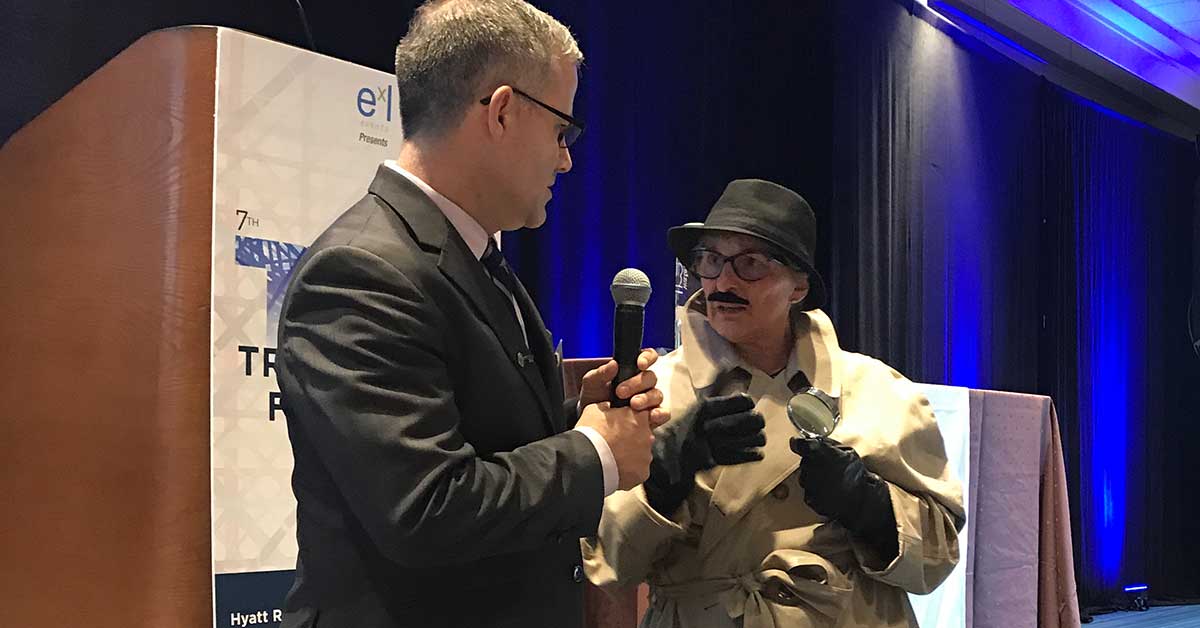.png)
In the past decade, outsourcing has been the driving force for innovation in the pharmaceutical industry. We now have access to a deeper level of experts across several disciplines, and contract research organizations (CROs) continue to pop up in every major cluster globally to serve this need.
Now, let’s share some facts. Approximately 77% of companies in the pharmaceutical and biotech industry are outsourcing services and operations. In the long run, outsourcing has shown to reduce overall costs as much as 25%, reduce approval cycle times, and reduce overall rejection rates for regulatory approval. Companies are now able to pursue more clinical trials in areas where they may have previously lacked the expertise or resources to improve productivity by 20%.
However, like any big shift in operating, outsourcing brings its challenges, especially when it comes to ensuring compliance with the regulatory requirements and trial master file management. If you’re about to embark on a new project where outsourcing is a fundamental part of your process, what are some ways you can mitigate the risks and dangers that come with outsourcing TMF management?
Danger 1: Communication Problems
Crystal clear communication is essential when outsourcing your TMF management. Just like any relationship, it takes clear communication and trust from both sides to make it prosper and operate smoothly. With clinical trials, most of the miscommunication tends to happen right at the start of the study when it's crucial for everyone involved to know what they are signing up for.
Solution
Before signing the contract, all parties need to discuss and agree on a plan for communication, and this messaging needs to remain consistent throughout the study. Changing things along the way can create a breach of contract, increase the risk of non-compliance, and can be incredibly frustrating for everyone involved.
Your CRO needs to be involved from the beginning and included as a leading contributor to the study’s overall design and protocol planning. Not only will this save your team time, but it will also ensure that the study is designed with the CRO partner and works well in an outsourcing model. It’s ideal to take a partnership approach here and work together to find the most efficient way of working within a transparent environment. This will make it easier it is to avoid problems from emerging as well as gauge the non-compliance risk of your study management practices.
Danger 2: Inconsistent Approaches
Having the right expertise rooted in the region the trial is taking place is one of the main drivers for outsourcing activities. But since we are talking about bringing two separate organizations coming together to achieve a common goal, it’s no surprise that maintaining consistency and standardization is one of outsourcing’s greatest challenges. Not everyone has the same approach to delivering requirements and alignment on quality.
This is especially true when it comes to collaborating across borders. Cultural differences can play a considerable role in challenges related to working in today’s global economy. Language barriers alone can result in broken communication, not to mention the subtleties in verbal and non-verbal communication that need to be understood. To avoid any surprises or uncomfortable situations, it’s important to clearly outline requirements and ensure both parties clearly understand their unique roles and responsibilities early in the partnership.
Solution
Consistency is vital to avoid having poorly aligned functions and processes, which can lead to under-performance. For instance, sponsors may expect a certain level of detail when it comes to submitting documents, and so it’s important to lay those expectations out there at the start. To support this transparency, it is crucial to define the metrics of performance, which can be included in your contract and plan of action. Having quality agreements and SOPs in place can also help mitigate this issue.
There may also be differences in the speed, time commitment, and working style, which could prove to be hugely problematic, leading to costly delays and risks to data integrity. To promote consistency, you may want to look to work with CROs that succeeded with similar projects, show a similar work ethic and suitable business model to yours.
Danger 3: Lack of Ownership and Governance
Regulation is unclear even at the best of times. When something so vitally important to the success of a product is left up for interpretation, friction can ensue when two parties aren’t aligned. Client ownership and governance play an essential part in that friction, where we must navigate a challenging path of who’s responsibility certain actions lie. “Oh, my CRO takes care of that” is not an adequate response from a sponsor to a TMF quality observation.
According to ICH-GCP standards with regards to outsourcing to a CRO, “5.2.1 The sponsor may transfer all or a portion of duties and functions associated with its own to the Contract Research Organizations. However, the ultimate responsibility for the quality and accuracy of research data always belongs to the sponsor. Contract Research Organization has to apply quality control and quality assurance system.”
Sponsors are the ones maintaining oversight from the beginning of the study, throughout its conduct, to study close-out. To avoid the danger of a lack of transparency and oversight, it’s a good idea to have a plan with your CRO covering governance, compliance, risk, and quality to delegate roles, responsibilities, backups and escalation processes, etc.
If knowledge transfer at a sponsor organization is not completed successfully due to a lack of communication, this may result in inefficiencies and gaps when it comes to understanding those necessary roles and responsibilities and procedures around follow-ups and governance. With knowledge gaps and fewer resources available to sponsors, sponsor teams are finding it more difficult to manage day-to-day operations, along with remembering to manage and oversee their CRO service provider(s).
Solution
In the video, Oliver Pearce, Montrium's Director of Commercialization, discusses what he's learned from sponsors bringing their TMF in-house, and how it can drive better sponsor oversight and inspection readiness.
Danger 4: Not planning for TMF storage upon study completion
Long term records retention is often one of the most overlooked parts of study planning. We often get too caught up in the core preparation of the study itself and forget our responsibilities once our CRO has completed the study. This danger specifically relates to a core issue around trial master file management and what you, as a sponsor, will do when the CRO hands you back your TMF.
Solution
Whether you’re provided with a study TMF on a CD, USB drive, FTP, or other, you’ll need to have a strategy and plan in place to house and manage the TMF upon study completion so that it is available for inspection should one be required. Keeping the TMF on a CD or putting it on a file share is one of the easiest ways to get an observation from an inspector, and you’ll have to ensure you have a validated environment to keep these in or an eTMF system of your own.
Tips for working in harmony
Among all the problems that arise with outsourcing, we can see one common theme, and that is related to effective communication - the key to everything. The big lesson here when choosing to outsource is to avoid working in silos. Working as a team towards the same goal will always allow you to achieve the best results possible and drive long-term success.
It may seem obvious, but CROs and sponsors are partners in the drug development process, complementing the activities of one another. Sharing business has its benefits, but also comes with a set of challenges. Here are some key things to remember:
- To maintain a healthy communication, both parties should agree that the CRO must be involved from the get-go with planning and that regular (even weekly) meetings are scheduled to make status assessments and align on outsourced activities.
- To avoid inconsistent approaches, the sponsor should do their due diligence during evaluation and make sure there is a culture fit with the CRO with similar expectations and perceptions around timeliness and quality of activities.
- To have adequate oversight, the sponsor should put in place a governance plan and revisit it with their CRO partner(s) to promote transparency and compliance with regulations.
- Plan for long term records retention upon study completion to ensure you’re ready for a TMF inspection should one be requested.
Teams that focus their efforts on mitigating these hazards will see the rewards of outsourcing more easily. While some activities may be more beneficial to outsource, it’s still essential to maintain know-how in-house and strengthen internal R&D capabilities. The use of document management technology that aggregates data from various sources can help reduce the burden of data collection, improve standardization and transparency, and streamline collaboration.

Katherine Cianciarelli
As Product Owner, Katherine ensures that the Connect platform is aligned with life science customers' needs and requirements. An engineer by trade, she is a key member of Montrium's team, playing an active role in disseminating product feedback to the development team to build better products for our customers. Katherine regularly contributes articles to the Montrium blog and other publishers surrounding the changing regulatory landscape, IT transformation in life sciences and process optimization.
















